Aluminium Alloy A355
Aluminium Alloy A355 is a high-silicon aluminium casting alloy primarily utilised in aerospace, automotive, and structural applications where high strength, corrosion resistance, and excellent castability are essential. It is particularly recognised for its heat-treatable properties, which allow enhanced mechanical strength through solutions and ageing treatments.
Key Characteristics of Aluminum Alloy A355
| Property | Details |
|---|---|
| Type | Cast aluminum alloy |
| Primary Alloying Element | Silicon (Si), with magnesium (Mg) |
| Standard Designation | A355.0 (per ASTM B26/B26M or SAE AMS 4215) |
| Form | Sand casting, permanent mold casting |
| Heat Treatment | Commonly heat-treated to T6 or T7 condition |
| Corrosion Resistance | Excellent |
| Weldability | Moderate (typically not welded due to high Si) |
| Machinability | Good, due to the silicon content |
Chemical Composition (% by weight):
| Element | Content (%) |
|---|---|
| Silicon (Si) | 5.0 – 6.0 |
| Copper (Cu) | ≤ 0.25 |
| Magnesium (Mg) | 0.4 – 0.6 |
| Iron (Fe) | ≤ 0.6 |
| Manganese (Mn) | ≤ 0.35 |
| Zinc (Zn) | ≤ 0.25 |
| Titanium (Ti) | ≤ 0.2 |
| Aluminum (Al) | Remainder |
Mechanical Properties (Aged Condition – T6)
| Property | Value (typical) |
|---|---|
| Ultimate Tensile Strength | 310–345 MPa (45–50 ksi) |
| Yield Strength | 240–275 MPa (35–40 ksi) |
| Elongation | ~2–3% |
| Hardness (Brinell) | ~100–120 HB |
Common Applications:
- Aerospace components (lightweight yet strong)
- Structural castings
- Automotive suspension parts
- High-performance racing engine components
- Gear housings and pump casings
Limitations:
- Limited elongation (brittle under certain loads)
- Poor weldability due to high silicon content
- Not ideal for very thin-wall casting
Casting Processes for Aluminum Alloy A355
Aluminium Alloy A355 is commonly employed in sand casting and permanent mould casting manufacturing processes. These casting methods are ideally suited to the alloy’s chemical and mechanical properties, especially its excellent castability and high-silicon content.
- Most common process for A355
- Uses refractory sand molds that can be shaped to complex geometries
- Ideal for large parts or lower production volumes
- Allows for custom shapes, complex cores, and economical tooling
🔧 Why it fits A355:
- A355 flows well into intricate sand molds due to its high silicon content
- Post-casting heat treatment (e.g., T6) enhances its strength and dimensional stability
2. Permanent Mold Casting
- Involves reusable metal moulds, often gravity-fed or low-pressure
- Suitable for medium to high production volumes
- Produces better surface finish and mechanical properties than sand casting
🔧 Why it fits A355:
- A355 can be used in permanent molds when moderate section thickness is required
- Yields more consistent mechanical properties due to faster cooling rates
🚫 Not Typically Used In:
- Die Casting – A355 is not ideal for high-pressure injection due to relatively low ductility and high silicon content, which increases the risk of hot cracking
- Investment Casting – Rarely used, as A355’s flow and shrinkage characteristics are better suited to sand and permanent molds

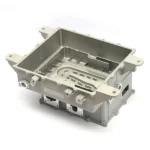
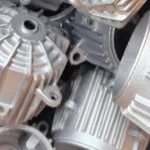
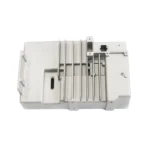
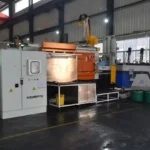
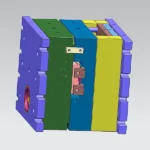
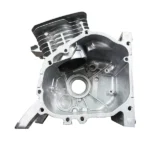




No comment